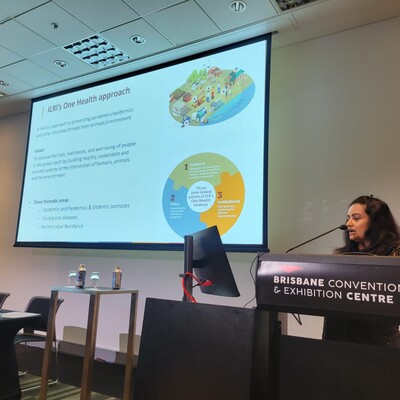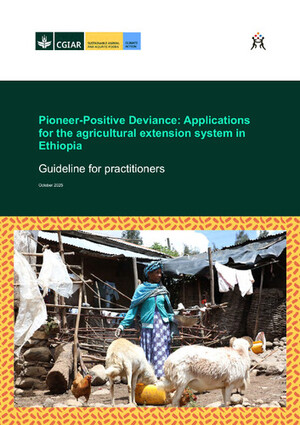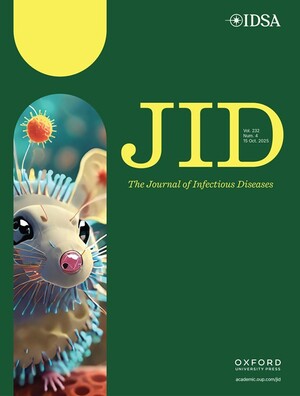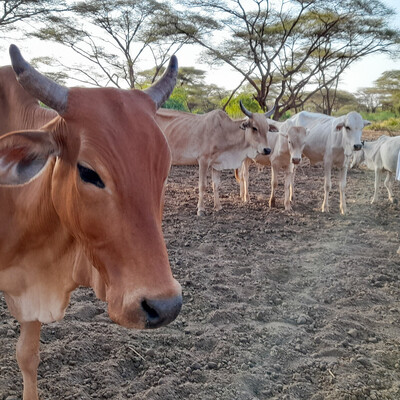

Kapiti Research Station & Wildlife Conservancy
Kapiti ranch
ILRI’s Kapiti Research Station and Wildlife Conservancy spans across 13,000-hectare located in Machakos County, southern Kenya, 60kms away from ILRI’s Nairobi campus. The facility has three functional arms, namely, Research, Conservation and serves as a Commercial Livestock Ranch. Community engagement, capacity building and education cut across the three areas of work.
Research
Kapiti has a fully functional basic laboratory for sample processing, simple analysis and storage. The facility is part of ILRI’s Clinical Research Facility (CRF) and Contract Research. The objectives of the CRF are to facilitate, provide and conduct clinical animal research based on VICH/GCP (Good Clinical Practice) by working with ILRI’s scientists and external private sector and academic groups. Significant research activities are being undertaken at Kapiti Research Station, these include addressing livestock productivity (health, genetics, feed and forages) through the bioscience and integrated science programs.
For example, Kapiti's vast lands are being used in climate change activities, and these include assessing nitrogen loss pathways in semi-arid livestock systems in east Africa, the video links below provide more information on these activities. Additional work is being undertaken to determine drought tolerant Bracharia varieties and promote affordable varieties of different fodder species. Some of the vaccine work undertaken at Kapiti includes the testing of a newly developed vaccine for malignant catarrhal fever, a disease caused by wildebeest calving season which affects cattle, foot-and-mouth disease, and Rift Valley fever which is a viral zoonotic disease which can affect humans. Some of the genetics research activities include selection and crossbreeding to improve sheep productivity between the indigenous Red Masaai and more exotic Dorper, evaluating the productivity of cattle, possessing a gene which makes them more heat tolerant, as well as some activities to explore trypanotolarence in Boran catte breeds.
Conservancy
In 2020, ILRI’s Kapiti Research Station committed to serve as a conservancy to preserve biodiversity through its critical role as a wildlife corridor for Nairobi National Park. This has led to several engagements with the Kenyan Ministry of Wildlife and Tourism along with several stakeholders in wildlife conservation (such as Kenya Wildlife Services (KWS), Kenya Wildlife Research and Training Institute (KWRTI)) to determine the role of conservation and the unique aspects of providing the wildlife-livestock interface. Kapiti is home to various wildlife, including giraffes, gazelles, antelopes and zebras, as well as predators such as hyenas, lions, cheetahs and leopards. Owing to various infrastructural developments in the neighbourhood (highways, Konza Technology City), Kapiti has become a safe haven for wildlife. This presents unique opportunities for scientists to include wildlife in research projects to look at the spillover of pathogens from wildlife to livestock and or their role as sentinels for pathogen transmission.
Related videos
Photo gallery
Powered by Flickrembedslideshow ES &
You may also like

ILRI News
Pioneer adaptation farmers inspire adoption of climate-smart innovations in Bomet County, Kenya

ILRI News
Agricultural leaders explore the future of food security at DialogueNEXT conference in India

ILRI News
From forests to forks: Addressing wild meat trade and health risks across Africa and Asia-Pacific

ILRI News
Improved indigenous chicken project boosting food security and livelihoods in Takeo Province, Cambodia
Related Publications

Review of a decade of fauna research in Côte d'Ivoire with insights into wildlife health and zoonotic transmissions
- Dindé, A.O.
- Cook, Elizabeth A.J.
- Terfa, Zelalem
- Soro, D.
- Hung Nguyen-Viet
- Bett, Bernard K.
- Bonfoh, B.

Knowledge, attitudes, and practices toward zoonotic disease transmission among wildlife farmers in Vietnam
- Ha Thi Thanh Nguyen
- Lindahl, Johanna F.
- Lam, Steven
- Hung Nguyen-Viet
- Sinh Dang-Xuan
- Unger, Fred
- Ling, J.
- Lundkvist, Å.
- Hu Suk Lee
- Bett, Bernard K.

Pioneer-Positive Deviance—Applications for the agricultural extension system in Ethiopia: Guideline for practitioners
- Habermann, Birgit
- Worku, Tigist
- Teshome, A.
- Gebreyes, Million

Rift Valley fever virus remains infectious in milk stored in a wide range of temperatures
- Dawes, B.E.
- De La Mota-Peynado, A.
- Rezende, I.M.
- Buyukcangaz, E.K.
- Harvey, A.M.
- Gerken, Keli N.
- Winter, C.A.
- Bayrau, B.
- Mitzel, D.N.
- Waggoner, J.J.
- Pinsky, B.A.
- Wilson, W.C.
- LaBeaud, A.D.

Innovations for a transition to resilient, climate smart and healthy livestock systems
- International Livestock Research Institute

Rift Valley fever epidemiology: shifting the paradigm and rethinking research priorities
- Rostal, M.K.
- Thompson, P.N.
- Anyamba, A.
- Bett, Bernard K.
- Cêtre-Sossah, C.
- Chevalier, V.
- Guarido, M.
- Karesh, W.B.
- Kemp, A.
- LaBeaud, A.D.
- Lubisi, A.
- Matthews, L.
- Msimang, V.
- Njenga, M.K.
- Ross, N.
- Tumusiime, D.
- Wilson, W.C.
- Weyer, J.
- Paweska, J.T.
- Swanepoel, R.









